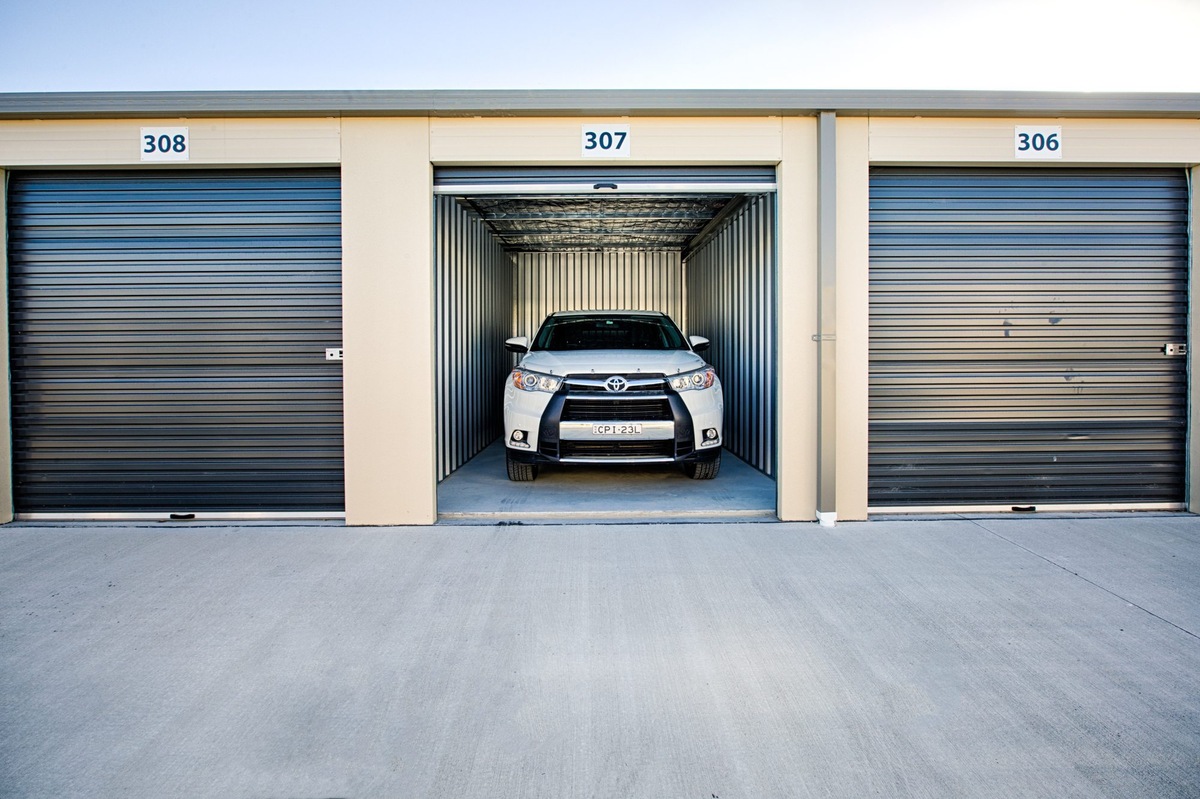

Articles
How To Store A Vehicle
Modified: January 7, 2024
Learn the best methods and tips for storing a vehicle with our comprehensive collection of articles. Keep your vehicle safe and protected during long periods of storage.
(Many of the links in this article redirect to a specific reviewed product. Your purchase of these products through affiliate links helps to generate commission for Storables.com, at no extra cost. Learn more)
Introduction
Storing a vehicle properly is essential to maintain its condition, especially if it won’t be in use for an extended period. Whether you own a classic car, a recreational vehicle, or simply need to store your primary vehicle temporarily, taking the necessary steps to store it correctly will help prevent damage and ensure it’s ready for use when needed.
In this article, we will guide you through the process of storing a vehicle and provide you with tips and suggestions to maintain its integrity during the storage period. From choosing the right storage option to performing necessary maintenance tasks, we will cover everything you need to know to store your vehicle effectively.
So, let’s dive into the details and discover how you can store your vehicle without any worry or hassle.
Key Takeaways:
- Properly storing a vehicle involves choosing the right storage option, preparing the vehicle, protecting the exterior and interior, maintaining fluids and the battery, and prioritizing safety and security measures.
- Long-term storage tips, regular check-ups, and maintenance tasks are crucial for preserving a vehicle’s condition and ensuring it’s ready for use when taken out of storage.
Read more: How To Store A Scooter
Choosing the Right Storage Option
When it comes to storing your vehicle, it’s crucial to select the right storage option that suits your needs and provides adequate protection. Here are some considerations to keep in mind:
- Garage or Carport: If you have a garage or carport available, it can be an ideal storage option, offering protection from the elements and added security. Make sure the area is clean, dry, and well-ventilated.
- Indoor Storage Facility: If you don’t have access to a garage or if you want additional security and protection, consider renting an indoor storage facility. Look for facilities that provide climate control, 24/7 surveillance, and regular maintenance to ensure your vehicle is well-protected.
- Outdoor Storage: If you don’t have access to indoor storage options, outdoor storage can still be a viable choice. Look for a storage facility that offers covered parking or consider investing in a high-quality vehicle cover to protect your car from the elements. Ensure that the storage area is secure and has good drainage to prevent water damage.
- Self-Storage Units: Self-storage units are another option to consider, especially if you need to store your vehicle for an extended period. Look for storage units that offer vehicle-specific storage options, such as drive-up access and ample space.
- Add-On Storage: In certain situations, you may not have access to a dedicated storage facility. In such cases, consider utilizing add-on storage options like rooftop carriers or hitch-mounted storage solutions. These can be viable for short-term storage or for vehicles with limited storage space.
Consider your budget, the storage duration, climate conditions, security, and accessibility when selecting the right storage option for your vehicle. Remember, investing in proper storage will help protect your vehicle’s value and ensure it remains in good condition during the storage period.
Preparing the Vehicle for Storage
Before you store your vehicle, it’s important to properly prepare it to ensure its condition remains intact. Here are some steps to follow:
- Clean the Vehicle: Start by thoroughly cleaning both the interior and exterior of your vehicle. Remove any debris, dirt, or food particles from the interior. Wash the exterior and apply a coat of wax to protect the paint surface.
- Remove Personal Belongings: Take out any personal belongings from the vehicle, including electronics, documents, and valuables. Leaving them in the vehicle can lead to theft or damage during storage.
- Clear the Fuel Tank: Fill up the fuel tank to prevent moisture buildup and add a fuel stabilizer to prevent fuel deterioration. A full tank also helps minimize the risk of condensation in the fuel system.
- Change the Oil and Fluids: Consider changing the oil and other fluids, such as coolant and brake fluid, before storing your vehicle. Fresh fluids will help prevent corrosive damage during the storage period.
- Disconnect the Battery: If you’re storing your vehicle for an extended period, disconnect the battery to prevent drainage. Consider using a battery maintainer or tender to maintain the battery’s charge if necessary.
- Protect the Exhaust: If you’re concerned about pests entering your vehicle, cover the exhaust pipe with a metal screen or tape it shut to prevent critters from making their way into the engine compartment.
- Store with Proper Ventilation: Make sure the storage area has adequate ventilation to prevent mold or mildew growth. Crack open a window or use a vent to ensure proper airflow.
- Maintain the Tires: Inflate the tires to the manufacturer’s recommended pressure to prevent flat spots. Consider using tire cradles or placing the vehicle on jack stands to alleviate pressure on the tires.
- Secure the Vehicle: Use wheel locks or a steering wheel lock to add an extra layer of security. If storing in an outdoor area, consider using a high-quality vehicle cover to protect against dust, debris, and UV rays.
By following these steps, you’ll ensure that your vehicle is adequately prepared for storage. Taking the time to prepare the vehicle properly will help maintain its condition and ensure a smooth transition when it’s time to get back on the road.
Vehicle Exterior Protection
Protecting the exterior of your vehicle during storage is crucial to prevent damage from the elements and maintain its appearance. Here are some tips to help you protect the exterior of your vehicle:
- Wash and Wax: Before storage, give your vehicle a thorough wash and apply a coat of wax to protect the paint. This will create a barrier against dust, dirt, and UV rays.
- Use a High-Quality Vehicle Cover: Invest in a high-quality, breathable vehicle cover that properly fits your vehicle. The cover should provide protection against dust, moisture, and UV rays while allowing proper airflow to prevent mold and mildew formation.
- Remove Antennas and Wipers: To prevent them from getting damaged or causing damage to the vehicle, remove retractable antennas and windshield wipers before covering the vehicle.
- Protect the Tires: Cover the tires with tire bags or use tire covers specifically designed for long-term storage. This will help protect the tires from UV damage and prevent flat spots.
- Choose the Right Storage Location: If storing outdoors, select a location that provides sufficient protection from the elements, such as direct sunlight, rain, and hail. If possible, park the vehicle in a covered or shaded area.
Regularly check on your vehicle during the storage period. If you notice any signs of damage or moisture build-up, take the necessary steps to address the issue promptly. By taking these precautions, you’ll help preserve the exterior of your vehicle and ensure that it remains in excellent condition while in storage.
Interior Cleaning and Maintenance
Proper interior cleaning and maintenance are essential to keep the inside of your vehicle in top condition during storage. Here are some tips to help you with interior cleaning and maintenance:
- Remove all Trash and Debris: Before storing your vehicle, make sure to remove any trash, food wrappers, or debris from the interior. This will help prevent odors and discourage pests from making your vehicle their new home.
- Vacuum and Dust: Thoroughly vacuum the seats, carpets, and floor mats to remove any dirt or crumbs. Dust the dashboard, console, and other surfaces using a microfiber cloth to keep them clean and dust-free.
- Use Interior Protectants: Apply a quality interior protectant to surfaces such as the dashboard, door panels, and seats. This will help prevent cracking, fading, and deterioration of the materials caused by prolonged exposure to sunlight and heat.
- Clean and Condition Leather: If your vehicle has leather seats or surfaces, clean and condition them using a leather cleaner and conditioner. This will help keep the leather soft, supple, and free from cracks during storage.
- Remove Floor Mats: Take out the floor mats and store them separately to prevent moisture or mold growth underneath them. Clean the mats thoroughly and allow them to dry completely before storing them.
- Close All Windows and Sunroof: Ensure that all windows, doors, and the sunroof are securely closed to prevent dust, moisture, and pests from entering the vehicle’s interior.
- Place Moisture Absorbents: To prevent excess moisture and musty odors, place moisture absorbents such as desiccant packets or moisture traps inside the vehicle cabin.
- Consider using a Car Air Purifier: Investing in a car air purifier can help maintain air quality and eliminate odors inside the vehicle. Choose an air purifier that is designed for small spaces and has good filtration capabilities.
By following these interior cleaning and maintenance tips, you’ll ensure that the inside of your vehicle remains clean, fresh, and well-maintained throughout the storage period. When it’s time to take your vehicle out of storage, you’ll be greeted with a clean and inviting interior.
Read more: How To Store A Cart
Fluids and Battery Care
Properly caring for the fluids and battery of your vehicle during storage is crucial to prevent damage and ensure it starts up smoothly when you’re ready to use it again. Here are some important steps to follow:
- Change the Oil and Filter: Before storing your vehicle, consider changing the oil and oil filter. Old oil can contain contaminants that can cause corrosion and damage to the engine over time.
- Top Off Other Fluids: Check and top off other essential fluids, including coolant, brake fluid, power steering fluid, and windshield washer fluid, to the recommended levels. This will help prevent moisture buildup and ensure the proper functioning of these systems.
- Consider Using Fuel Stabilizer: Add a fuel stabilizer to the gas tank before storing your vehicle. This will help prevent fuel from deteriorating and causing issues with the fuel system during storage.
- Run the Engine: If possible, take your vehicle for a short drive before storing it. This will help circulate the fresh oil and stabilize the fluids within the engine.
- Disconnect the Battery: If storing your vehicle for an extended period, it’s recommended to disconnect the battery and remove it from the vehicle. This will prevent drainage and potential damage from electrical issues.
- Maintain the Battery Charge: Use a battery maintainer or tender to keep the battery charged during storage. This will prevent it from losing charge and ensure it’s ready to start when you’re ready to use your vehicle again.
- Inspect and Clean the Battery: Before reconnecting the battery or when you take your vehicle out of storage, inspect the battery for any signs of corrosion or damage. Clean the battery terminals if necessary to ensure a good electrical connection.
- Check the Windshield Wipers: Check the condition of the windshield wiper blades and replace them if necessary. This will ensure clear visibility and prevent damage to the windshield during use after storage.
- Consider Using a Battery Disconnect Switch: If you don’t want to disconnect the battery, consider using a battery disconnect switch. This will help prevent any parasitic drain on the battery during storage.
By following these tips for fluids and battery care, you’ll ensure that your vehicle’s critical systems remain in good condition while in storage. This will help prevent any complications when it’s time to start it up again and get back on the road.
When storing a vehicle, it’s important to keep the tires properly inflated to prevent flat spots from forming. This can be done by regularly checking the tire pressure and inflating as needed.
Tire and Suspension Maintenance
Proper tire and suspension maintenance is crucial to ensure your vehicle’s safety and performance during storage. Here are some important tips to help you maintain your tires and suspension components:
- Inflate Tires to the Recommended Pressure: Before storing your vehicle, inflate the tires to the manufacturer’s recommended pressure. This will help prevent flat spots and maintain tire shape during extended periods of storage.
- Consider Using Tire Cradles or Jack Stands: To alleviate pressure on the tires, consider using tire cradles or placing the vehicle on jack stands. This will help prevent flat spots by evenly distributing the weight of the vehicle.
- Rotate the Tires: If your vehicle will be in storage for an extended period, consider rotating the tires before storing it. This will help prevent uneven wear and prolong tire life.
- Inspect the Tires for Damage: Before storing your vehicle, inspect the tires for any signs of damage or excessive wear. Replace any tires that have sidewall cracks, bulges, or tread wear beyond the recommended limit.
- Check the Suspension Components: Inspect the suspension components for any signs of damage or wear, such as worn-out bushings or leaking shocks. Address any necessary repairs or replacements to ensure optimal suspension performance.
- Apply Tire Dressing: Before storage, apply a tire dressing to the tires to protect them from UV damage. Choose a non-greasy, water-based tire dressing to prevent deterioration of the tire rubber.
- Park on Even Ground: When storing your vehicle, make sure to park it on even ground to alleviate stress on the suspension components. This will help maintain their integrity and prevent unnecessary strain.
- Maintain Suspension Lubrication: Apply suitable lubrication to the suspension components, such as ball joints and control arms, to prevent rust and corrosion during storage.
By following these tire and suspension maintenance tips, you’ll help ensure the longevity and performance of these crucial components. When it’s time to take your vehicle out of storage, you’ll have peace of mind knowing your tires and suspension are in good shape.
Safety and Security Measures
Ensuring the safety and security of your vehicle during storage is essential to protect it from theft, vandalism, and other potential risks. Here are some important safety and security measures to consider:
- Choose a Secure Storage Facility: If you’re using an off-site storage facility, select one that offers 24/7 security surveillance, secure access control, and adequate lighting. Additionally, look for facilities with a good reputation for vehicle storage.
- Install an Anti-Theft System: Consider installing an anti-theft system for your vehicle if it doesn’t already have one. This can include features such as a car alarm, immobilizer, or GPS tracking device. These security measures can deter theft and provide peace of mind.
- Use Steering Wheel Locks or Wheel Clamps: Utilize additional physical security measures such as steering wheel locks or wheel clamps. These deterrents make it more difficult for thieves to steal or tow your vehicle during storage.
- Secure the Vehicle’s Documents: Store your vehicle’s important documents, including the title, registration, and insurance information, in a safe and secure location. Keep copies of these documents in a separate place as a backup.
- Remove Valuables from the Vehicle: Take out any valuables, electronics, or personal items from the vehicle before storing it. Leaving them inside may attract thieves or increase the risk of damage during storage.
- Notify Your Insurance Provider: Inform your insurance provider that you will be storing your vehicle. Some insurance policies offer specific coverage or discounts for stored vehicles, so it’s important to understand your policy’s terms and conditions.
- Regularly Check on the Vehicle: Periodically visit the storage location to check on your vehicle and ensure it remains in good condition. This allows you to address any issues promptly and take additional security measures if necessary.
- Notify a Trusted Contact: Inform a trusted friend, family member, or neighbor about your vehicle storage plans. Provide them with the storage facility contact information in case of emergencies or unexpected circumstances.
Implementing these safety and security measures will help protect your vehicle from potential risks and give you peace of mind during the storage period. By taking these precautions, you can rest assured that your vehicle is well-protected and ready for use when you need it.
Long-Term Storage Tips
When storing a vehicle for an extended period, there are additional considerations to keep in mind to ensure its optimal condition. Follow these long-term storage tips to keep your vehicle in top shape:
- Choose the Right Fuel: If your vehicle will be stored for an extended period, consider using a fuel with a higher octane rating to help prevent fuel degradation.
- Regularly Start the Engine: To prevent engine seals from drying out, periodically start the engine and let it run for a few minutes. This will help circulate oil and prevent the buildup of moisture in the engine.
- Drive the Vehicle Occasionally: If possible, take your vehicle out for a short drive every few weeks. This will help maintain the mechanical components and prevent them from seizing due to prolonged inactivity.
- Monitor Tire Pressure: Check the tire pressure regularly and adjust as needed to prevent underinflation or overinflation. Proper tire pressure will help avoid flat spots and ensure safety when driving the vehicle after storage.
- Protect from Rodents and Pests: Use rodent deterrents such as mothballs, dryer sheets, or specific rodent repellant products to prevent critters from nesting in your vehicle. Inspect the storage area for any signs of pest activity and take appropriate measures to deter them.
- Keep the Storage Area Clean: Maintain a clean storage environment to minimize the risk of dust, debris, or pests causing damage to your vehicle. Regularly sweep the area and remove any potential hazards.
- Keep a Record of Maintenance: Maintain a record of all the maintenance tasks performed on the vehicle while in storage. Note the dates of fluid changes, battery maintenance, tire rotations, and any other relevant maintenance activities.
- Consider Periodic Professional Maintenance: Depending on the duration of storage, it may be beneficial to have a professional perform periodic maintenance on your vehicle. This includes tasks such as fluid checks, oil changes, and inspections to ensure everything is in proper working order.
- Check for Leaks or Moisture: Regularly inspect the storage area and your vehicle for any signs of leaks or moisture buildup. Address any issues promptly to prevent further damage or the growth of mold and mildew.
- Review Insurance Coverage: Review your vehicle’s insurance coverage and make any necessary adjustments while it’s in storage. Consider reduced coverage options to reflect the lower risk of damage or loss during this period.
By following these long-term storage tips, you will help maintain your vehicle’s condition and ensure that it’s ready for use when you decide to take it out of storage. Remember that proper maintenance and care are essential to preserve your vehicle’s value and longevity.
Read more: How To Store A Car
Regular Check-ups and Maintenance
While your vehicle is in storage, it’s important to perform regular check-ups and maintenance tasks to ensure that it remains in optimal condition. Here are some crucial steps to include in your regular maintenance routine:
- Inspect the Exterior: Regularly check the vehicle’s exterior for any signs of damage, such as dents, scratches, or rust. Address any issues promptly to prevent further deterioration.
- Check the Interior: Inspect the interior of the vehicle for any signs of mold, mildew, or pest infestation. Clean any affected areas thoroughly and consider using moisture absorbents or a dehumidifier to maintain the interior’s condition.
- Monitor Fluid Levels: Regularly check the fluid levels, including engine oil, coolant, brake fluid, and transmission fluid. Top them up if necessary, following the manufacturer’s recommendations.
- Check the Battery: Periodically check the battery’s charge and overall condition. If necessary, use a battery maintainer or tender to keep the battery charged and prevent it from losing power during storage.
- Inspect the Tires: Regularly inspect the tires for any signs of damage, such as cracks, bulges, or uneven wear. Ensure that the tire pressure is at the recommended level and adjust if needed.
- Operate the Engine: Start the engine periodically and let it run for a few minutes to circulate the oil and lubricate the components. This helps prevent engine seals from drying out and maintains overall engine health.
- Exercise the Brakes: Every few weeks, apply the brakes several times while the vehicle is in neutral. This will prevent the brake pads from sticking to the rotors and help maintain brake performance.
- Check the Lights and Signals: Test the headlights, taillights, turn signals, and brake lights to ensure they are functioning properly. Replace any bulbs that are not working.
- Inspect Belts and Hoses: Regularly inspect the belts and hoses for any signs of wear, cracking, or leaks. Replace any damaged belts or hoses to prevent potential issues in the future.
- Perform a Test Drive: Take your vehicle for a short test drive every few weeks, if possible. This helps keep the moving parts lubricated and ensures that the brakes, steering, and suspension remain in good working order.
By incorporating regular check-ups and maintenance tasks into your storage routine, you’ll be able to identify and address any potential issues before they escalate. This will help ensure that your vehicle stays in excellent condition and is ready for use when you’re ready to take it out of storage.
Conclusion
Storing a vehicle properly is essential to maintain its condition and ensure it is ready for use when you need it. By following the right steps and taking necessary precautions, you can protect your vehicle from damage, preserve its value, and prolong its lifespan during the storage period.
In this article, we discussed various aspects of storing a vehicle, including choosing the right storage option, preparing the vehicle for storage, protecting the exterior and interior, maintaining fluids and the battery, caring for the tires and suspension, prioritizing safety and security measures, considering long-term storage tips, and performing regular check-ups and maintenance tasks.
Remember to choose a suitable storage option that offers protection from the elements and ensures security. Properly prepare your vehicle by cleaning it thoroughly, removing personal belongings, and taking care of fluids and the battery. Protect the exterior from dust and damage using a high-quality cover, and maintain the interior cleanliness by removing debris and utilizing interior protectants. Care for the tires and suspension components by inflating tires to recommended pressures and occasionally driving the vehicle to prevent flat spots and maintain suspension performance.
Implementing safety and security measures like installing anti-theft systems and using physical deterrents will help safeguard your vehicle during storage. Follow long-term storage tips, such as using the right fuel and periodically starting the engine, to maintain its condition. Regularly check all aspects of the vehicle, including the exterior, interior, fluids, battery, tires, and performing necessary maintenance tasks to ensure its continued reliability.
By taking these steps, you’ll have peace of mind knowing that your vehicle is properly stored and protected. When the time comes to take it out of storage, you can enjoy the pleasure of driving without any unexpected issues. So, follow these guidelines, and your vehicle will remain in excellent condition during its time in storage.
Frequently Asked Questions about How To Store A Vehicle
Was this page helpful?
At Storables.com, we guarantee accurate and reliable information. Our content, validated by Expert Board Contributors, is crafted following stringent Editorial Policies. We're committed to providing you with well-researched, expert-backed insights for all your informational needs.
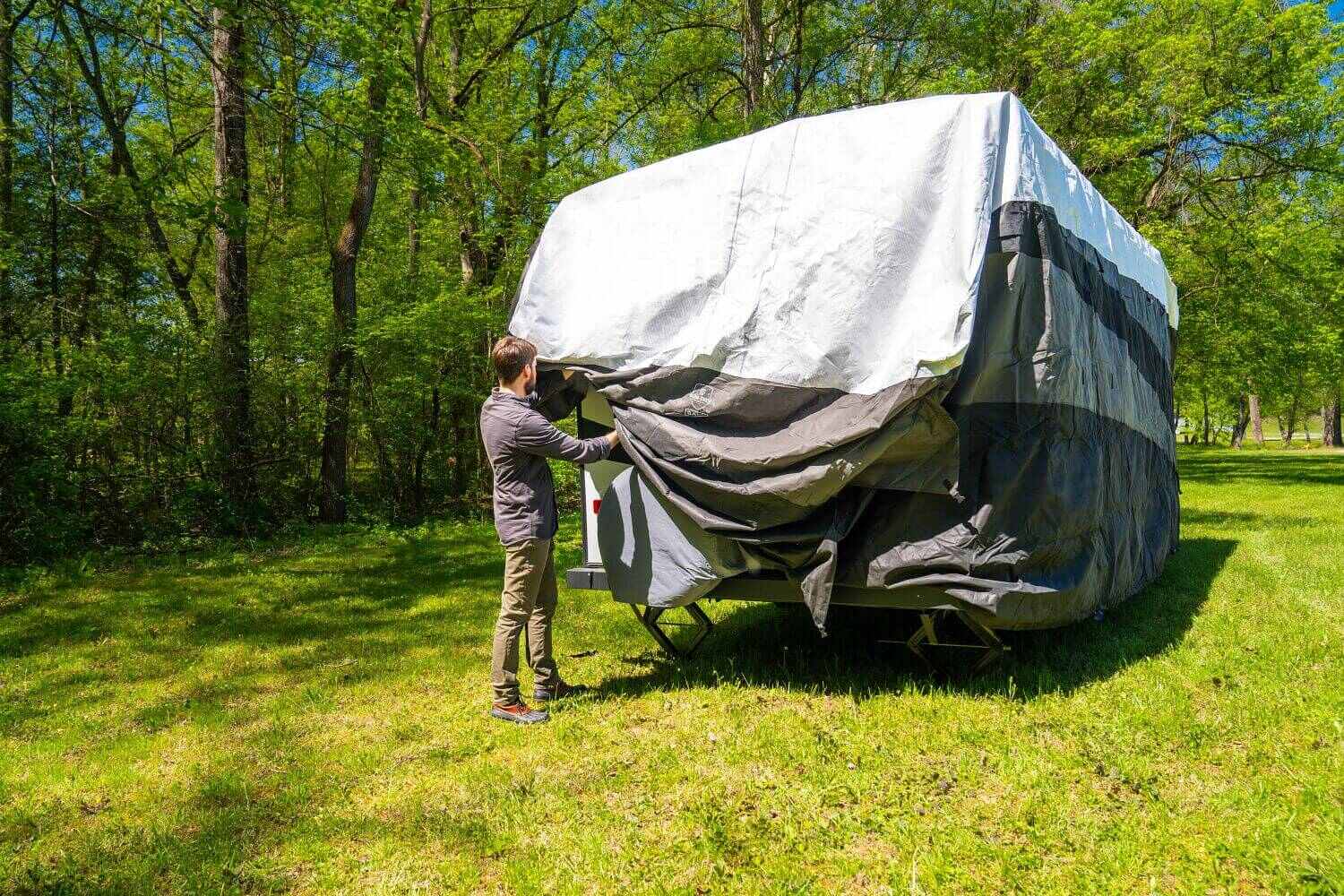

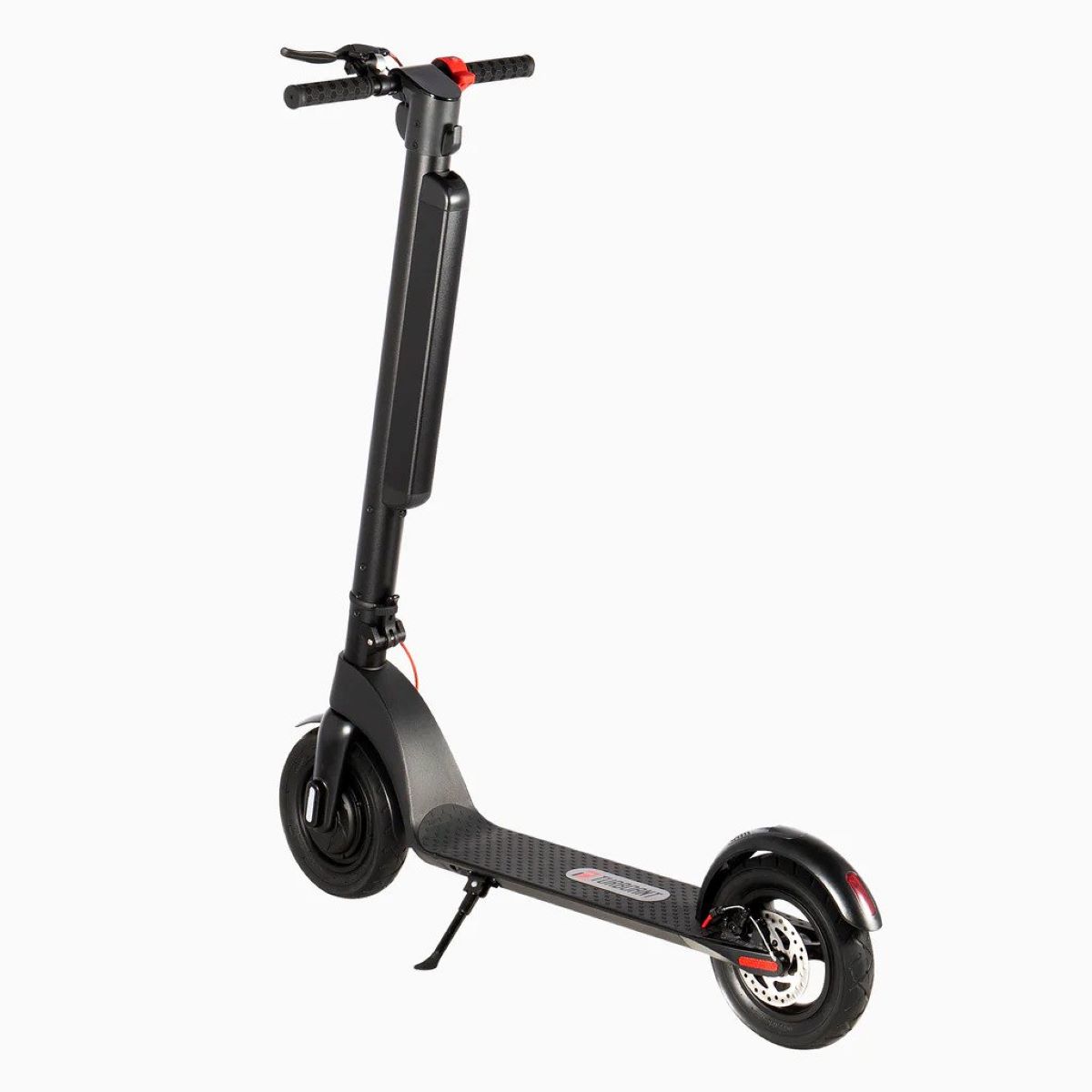

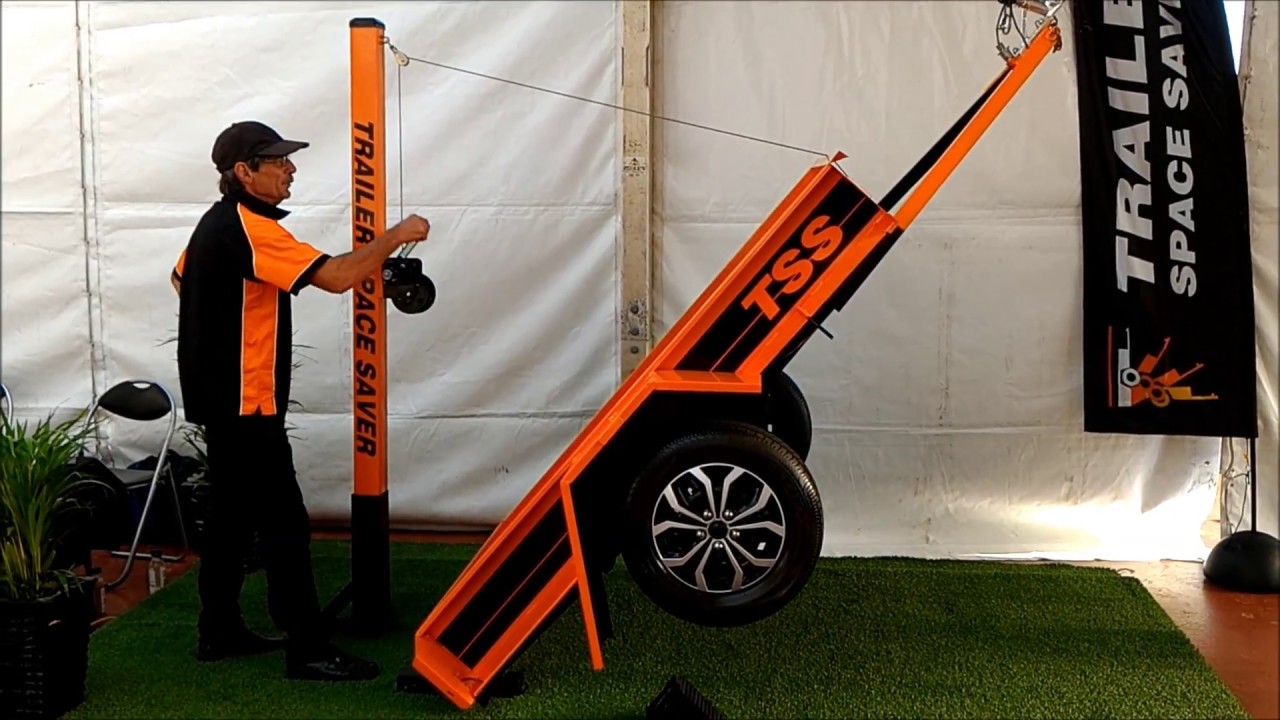
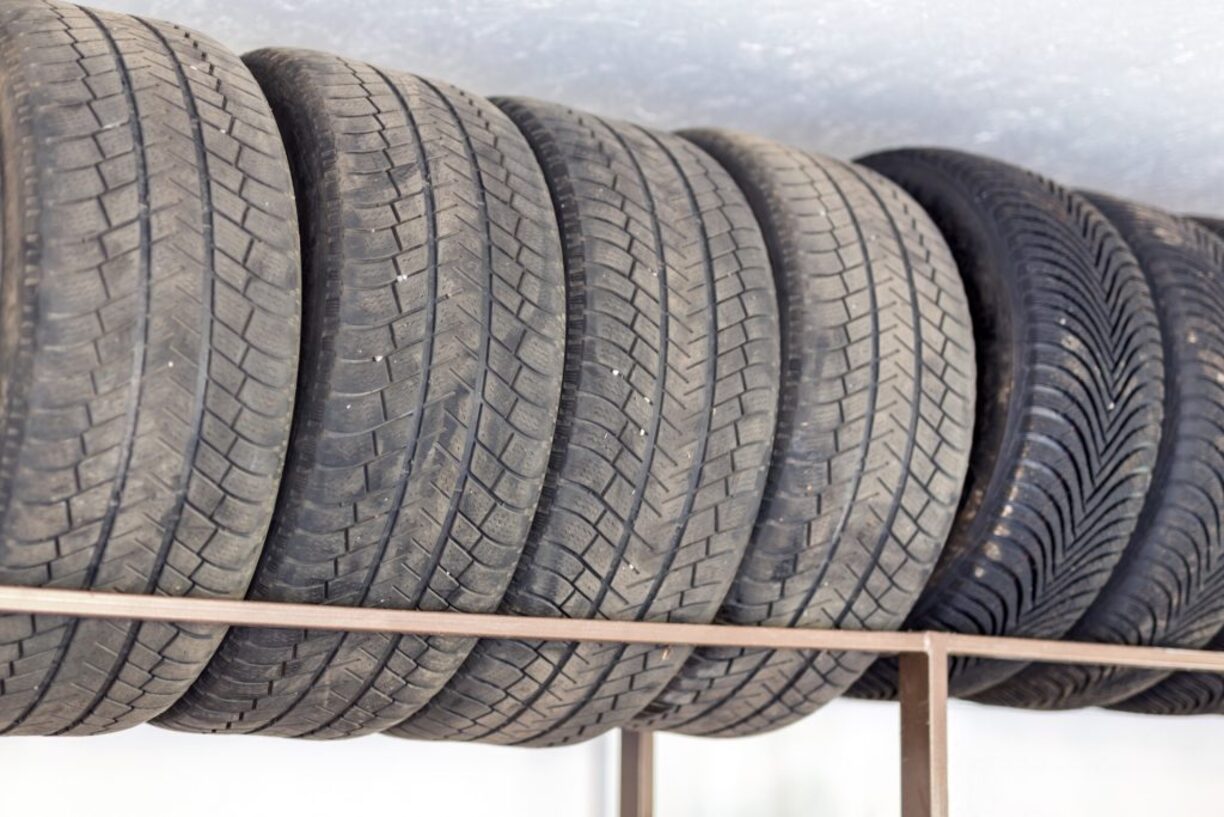
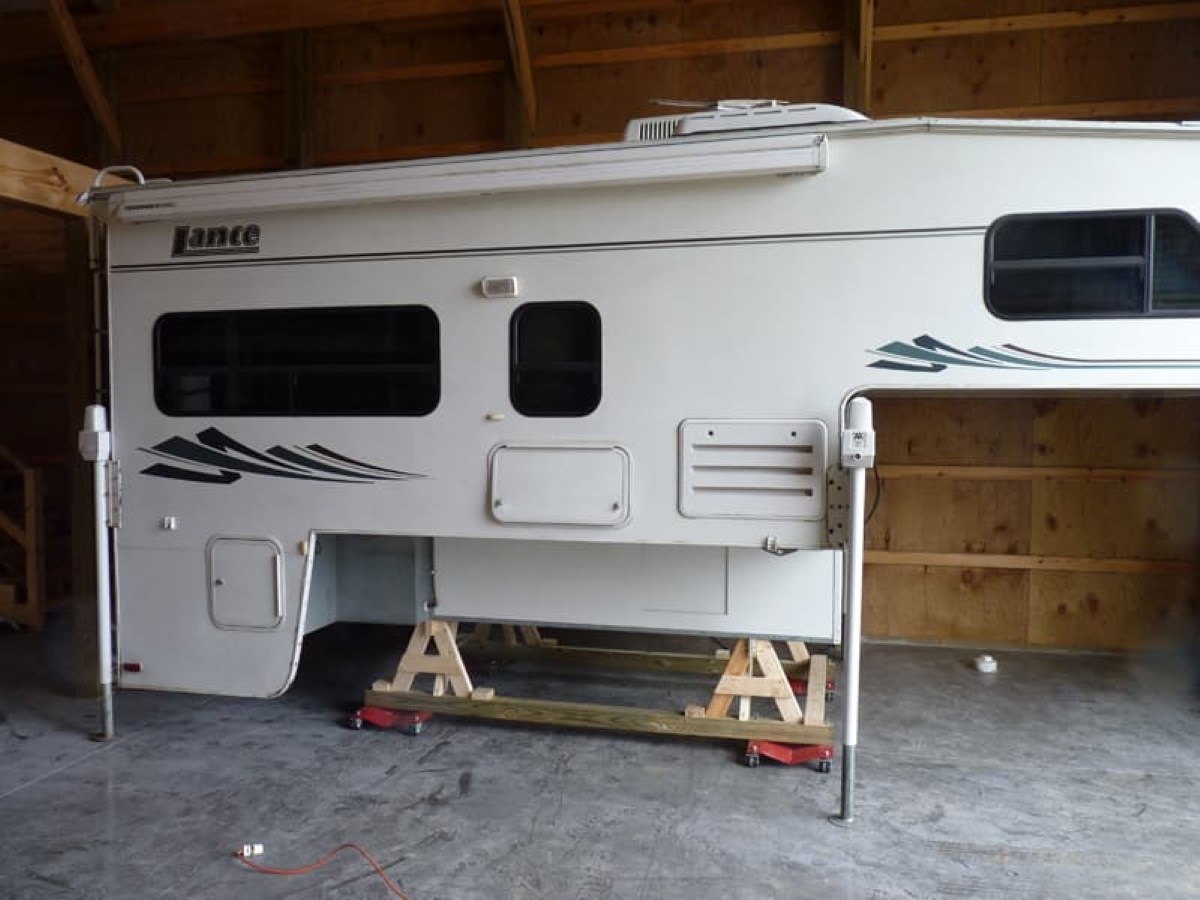
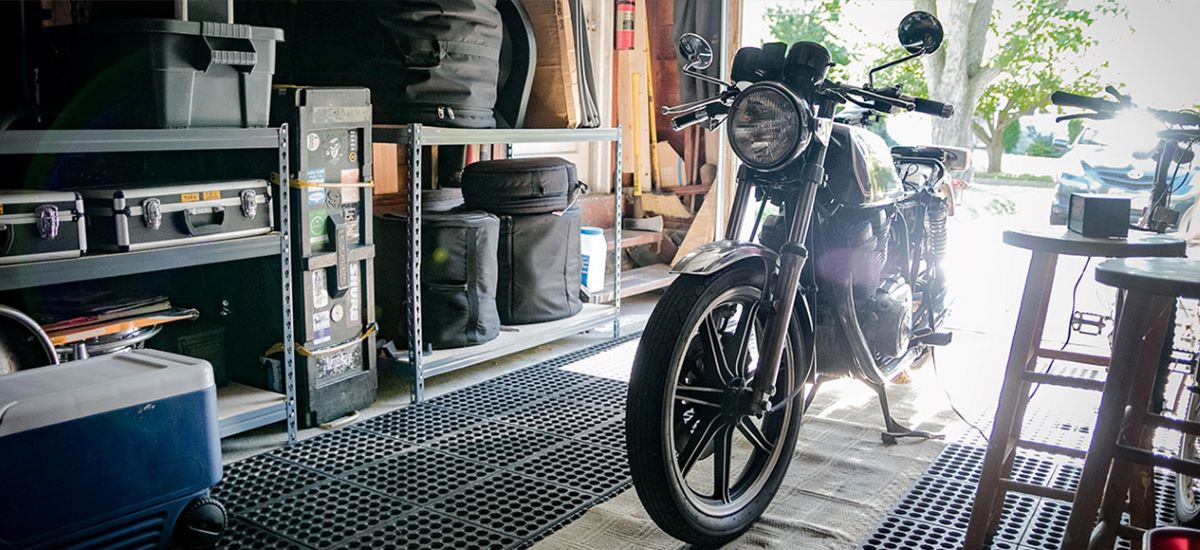

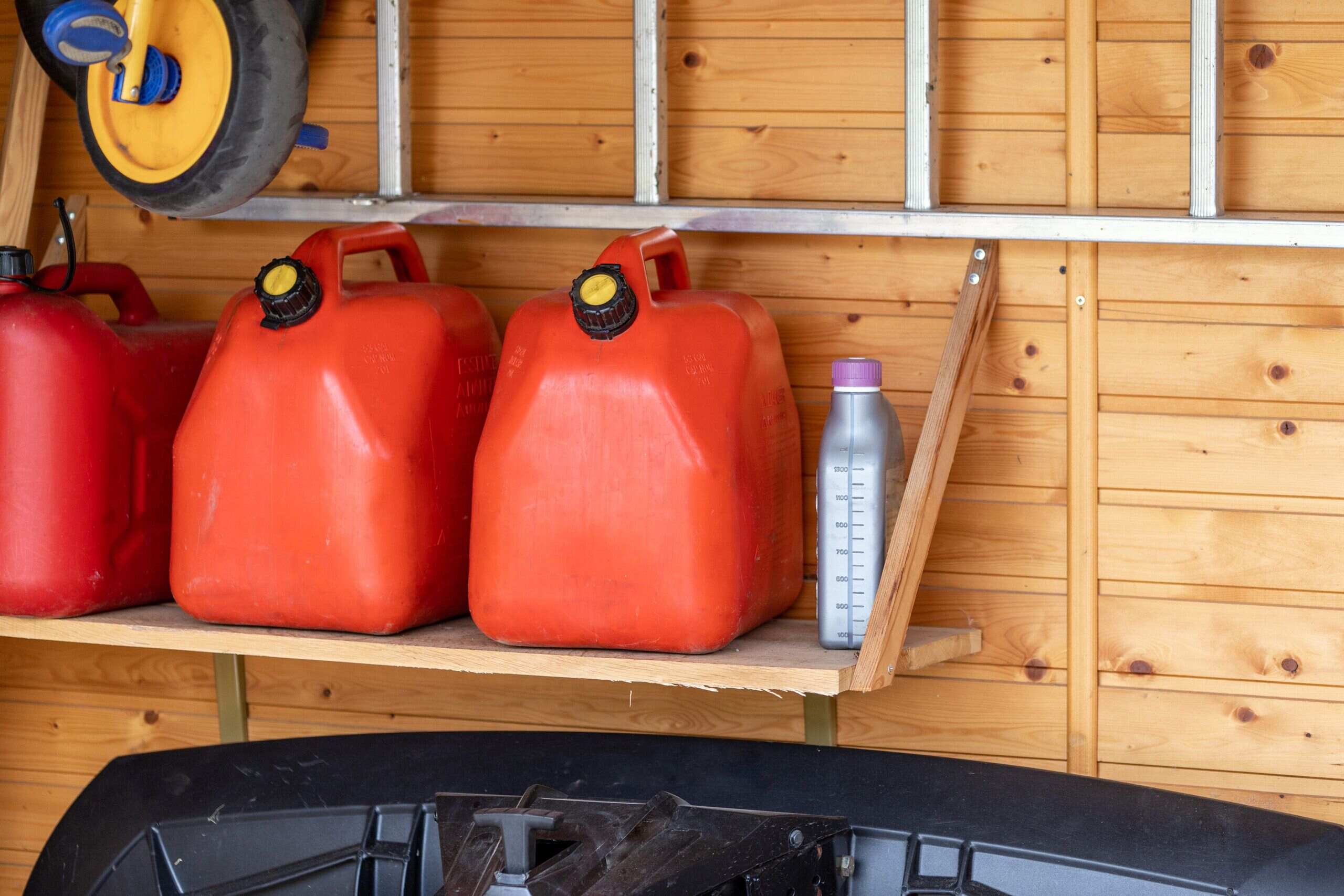
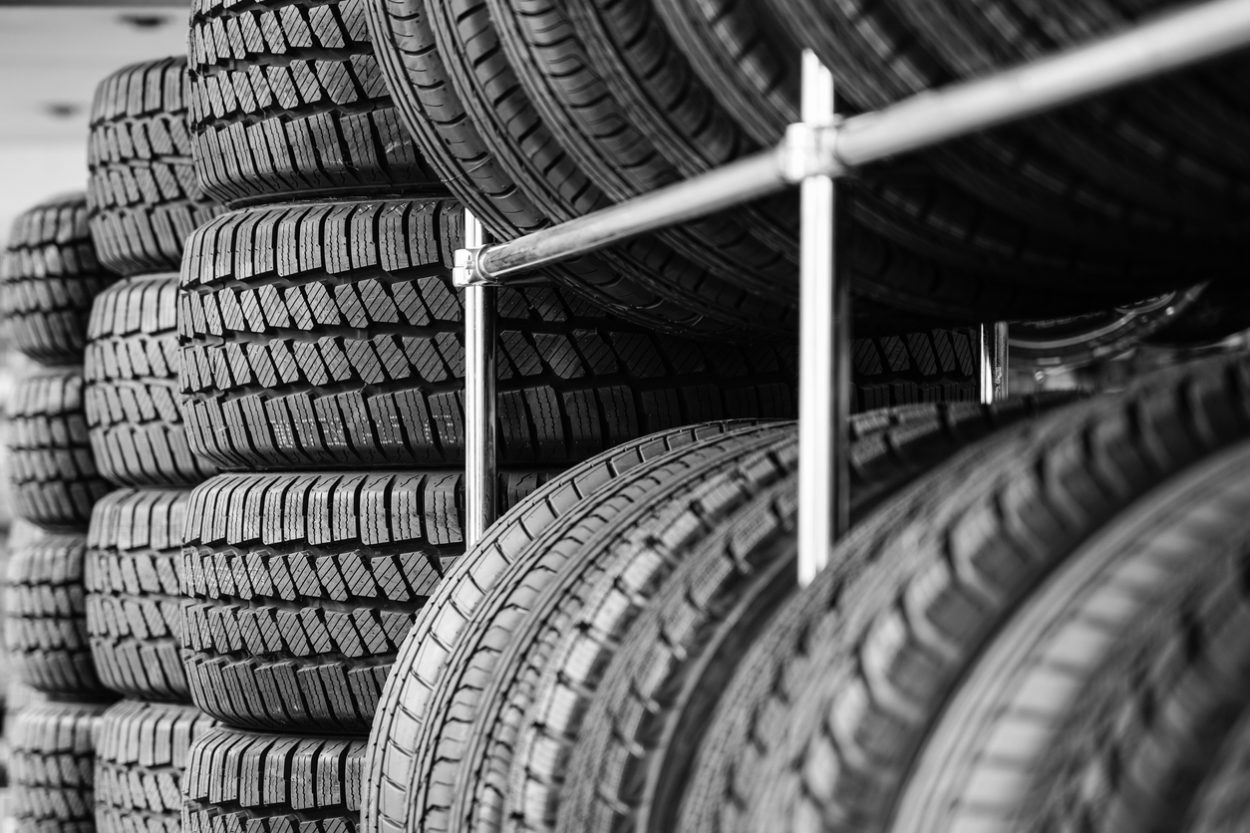
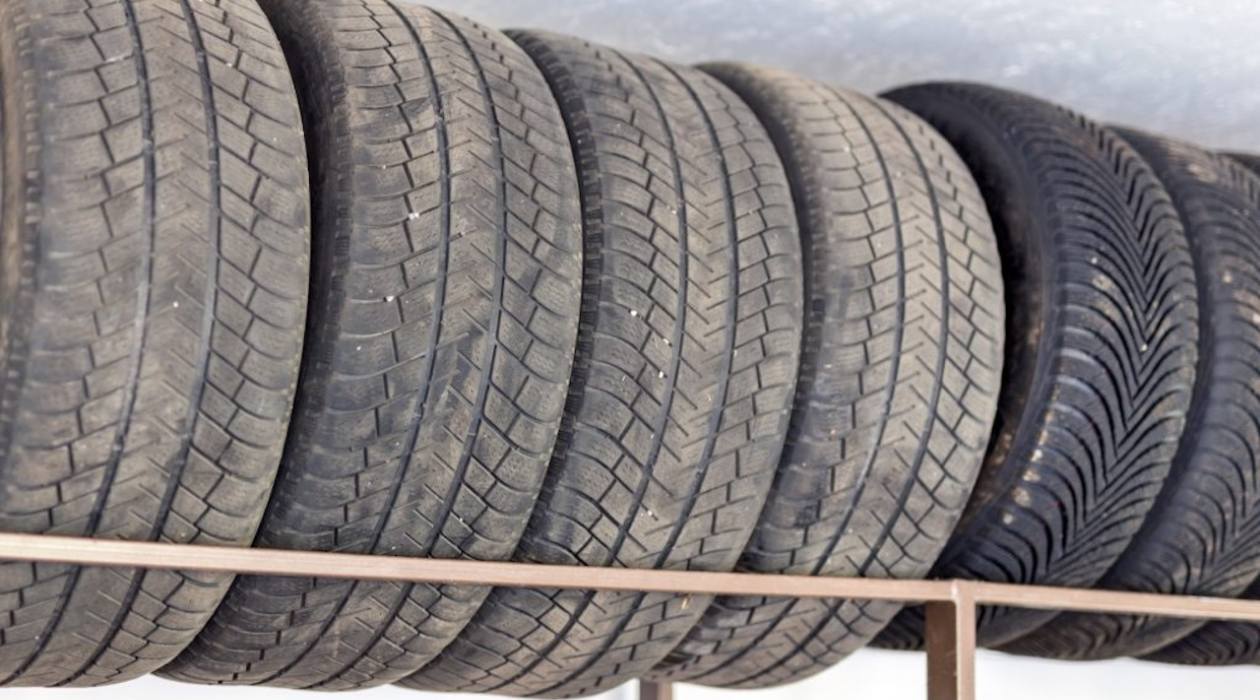


0 thoughts on “How To Store A Vehicle”